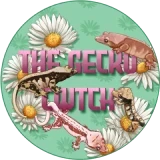Common Issues of the Crested Gecko
Some of the more common issues you may encounter
No information or advice given on this page should be used as a substitute to proper veterinary care.
Shedding Issues
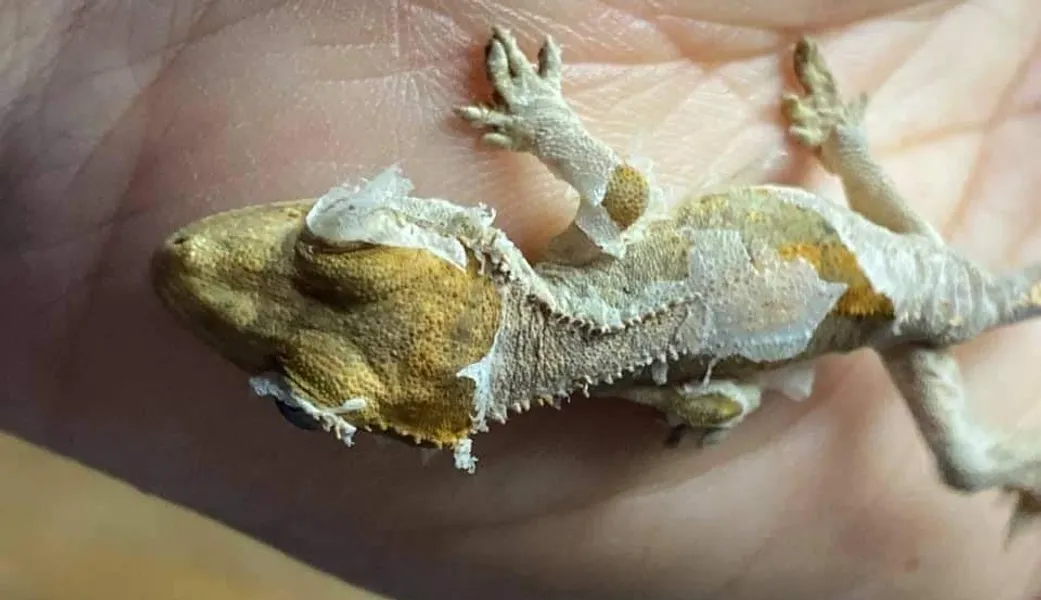
Stuck shed is the most common issue a gecko owner will face Again this issue is mostly but not always down to husbandry. Humidity on the Isle of Pines is HIGH! Even the lowest month of October humidity is around 67%. The reason we as keeper don't keep our geckos at the same high humidity is because we can't duplicate the wind! Having a gecko in a high humidity without good cross ventilation can cause respiratory infections. So a good digital humidity gauge is a must for any crested gecko owners. You need to provide a peak in humidity in the evening of between 75-85% ideally and a daytime dry out period as low as 55% this will keep your geckos respiratory system in good health and also allow the gecko to shed well. Too dry and you will have shedding issues and too wet and you will have shedding issues. Remember proper heat and light will also effect humidity. There are occasions where your crested gecko may have walked through its food and this could cause shedding issues. If you find your gecko has chunks of stuck shed, especially on the feed or tail tip you should take steps to remove it. Firstly a wet cotton bud rolled in the direction you want the shed to lift (e.g., if on toes towards the toe tips) can help dislodge the shed. If the problem is deeper seated a "soak" can be performed, a gecko soak should be done by placing paper towel in a Tupperware or bug box and using "room temperature" water, ideally from your spray bottle! Wet the paper towel using the spray and soaking the bottom leaving enough water that the surface is wet but won’t come more than over the sole of the geckos foot. Then pop the gecko in and leave it with the lid on for 25-20 minutes, then repeat the cotton bud rolling. you can do this a few times to remove all stuck shed but bare in mind it will stress your gecko so you should make sure your husbandry is on point so that this doesn't happen often. Scars can also be a reason your gecko gets stuck shed. Skin infections and parasites are also reason your gecko may not shed properly and require a vet visit.
Not Eating
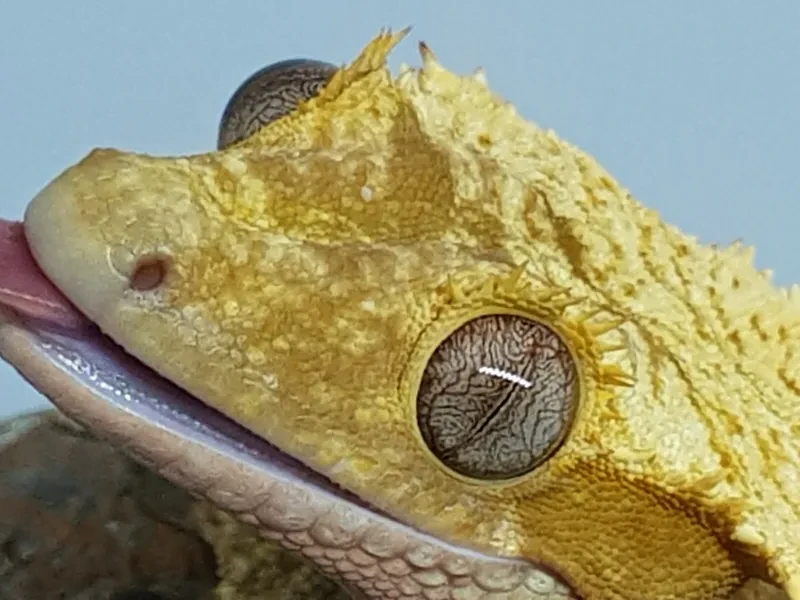
One of the most common things you see on forums is "my crested gecko isn't eating! There are many reasons for this but most common are the following. Newly rehomed geckos can take up to a month to settle. During this time they can and often will eat very little. As long as they are hydrated and your parameters are correct this isn't cause for concern unless the gecko loses weight. Stress can put a gecko off eating so make sure your gecko has enough coverage that it can hide and feel safe, keep its food pot clean and refreshed every other day for an adult and everyday for juvenile. Always put it in the same place. Being too cold will also impact how much your gecko consumes. Lastly your gecko may stop eating if it has a cage mate who makes it feel threatened, you may not see any aggression but that doesn't mean your gecko doesn't feel threatened. Don't forget that the things worrying your gecko could be in the nett door enclosure it doesn't have to be in the same one.
Not putting on weight
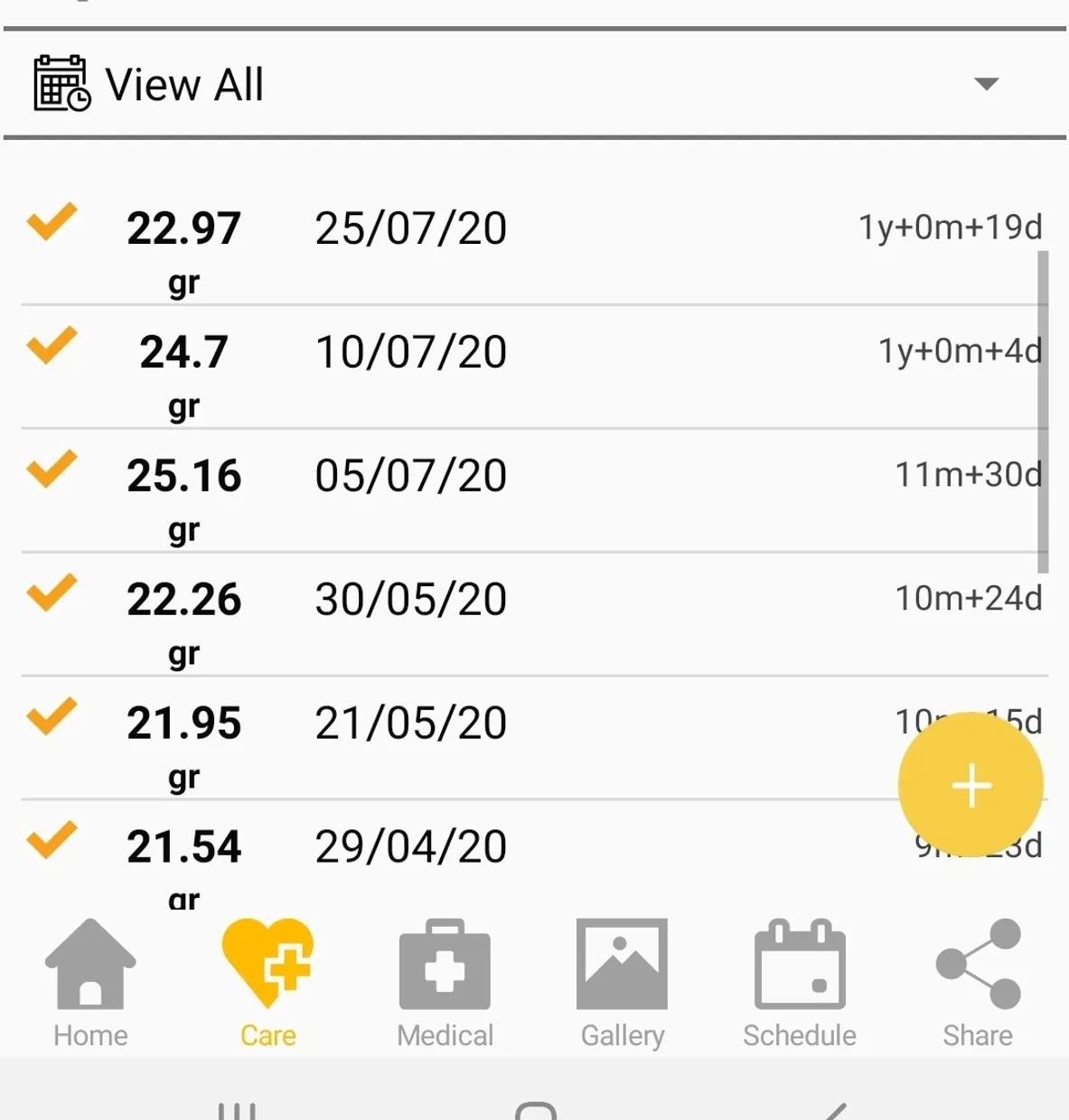
Firstly one of the most useful bits of kit for a gecko owner is an accurate set of gram scales. .Weigh your gecko monthly until you are sure it is eating well and putting on weight regularly. The most common reason I have come across for Crested Geckos not putting on weight isn't incorrect feeding but incorrect husbandry. If your gecko is kept too cool it will not be active and therefore will not eat as well as a gecko who is kept correctly. I keep my hatchlings at76-7* F or 24-25* C, the Isle of Pines where they live wild has an average daytime temp of 25* so keeping them at "room temperature" which could be as low as 13* is not going to give them enough energy to flourish. Thermoregulation is the process of reptiles warming themselves reptiles are unable to maintain body temperature through metabolic heat, they are ectothermic meaning they rely on their surrounding and environment to provide them with the heat they need. A cold gecko moves slower than a warm one and a much slower digestion. A cold gecko has less ability to fight off illness or infection. So if you want your gecko to be happy and healthy then keep them within the suggested heat range.
Respiratory Infections
A respiratory infection is a "vet required" issue, if your gecko is breathing abnormally, gasping for breath or limp do not delay in ringing your vet. Signs can include but are not limited to decreased appetite open mouth, losing weight, bloating wheezing or clicking. Don't ignore your gut when you see our gecko acting strangely. If anyone owns a video of a gecko with respiratory issues I'd love to share.
Metabolic Bone Disease
Metabolic Bone Disease is preventable in most cases. Correct UVB lighting correct diet and humidity and you are unlikely to have a problem.
The first indicators can be missed, a kink in the tail, lethargy, shaking, or losing weight can be the only signs. If caught and treated early your gecko can lead a pretty normal life at this stage.
MBD is caused by an improper balance in vitamin, minerals, calcium and nutrients making the geckos bones soft. Low or high calcium and D3 or improper phosphorous rations tend to be a key issue. If there is not enough calcium there is a weakness in the bones and simple knocks or falls can cause painful breaks. Even strong muscles can cause the bones to bow and distort as they tighten through lack of use.
D3 can be administered in your gecko’s food but then your gecko is totally reliant on you giving the exact amount it needs when it needs it, and a breeding female will require more than an adult male for example. By using UVB lighting and proving calcium without D3 your gecko will use the rays of ultraviolet light on its skin to make its own supply of D3 at the rate which it needs it. This is one of the reasons I struggle to see how people can say UVB lighting is not needed for a reptile when by design they are able to self-regulate the ability keep their bones healthy just using the rays of the sun/UVB.
A kink in the tail can also be a sign of dehydration a soak will lessen this but if a soak is given and the tail is still kinked then seek help especially if the gecko is laying eggs. Egg sacks can be found in the roof of the mouth and prior to breeding it would be worth checking these to make sure your female is in a healthy state to breed.
Eye Injury and Infection
Sunken Eye/Healed eye injury
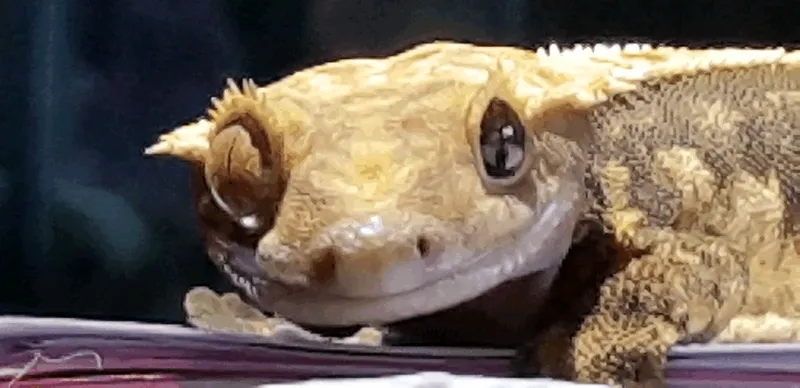
Eye issues are very rarely an issue where a vet should not be sort. If your gecko goes blind it will fail to thrive in almost every case. The first picture shows a healed injury which the gecko had when i bought her, said to be from being cohabbed in a pet shop with larger more dominant geckos. It has been very checked and there is a little vision and it’s never needed any attention. The eye is very slowly shrinking and as you can see is smaller than the other normal eye.
Scratched Lens/Infection
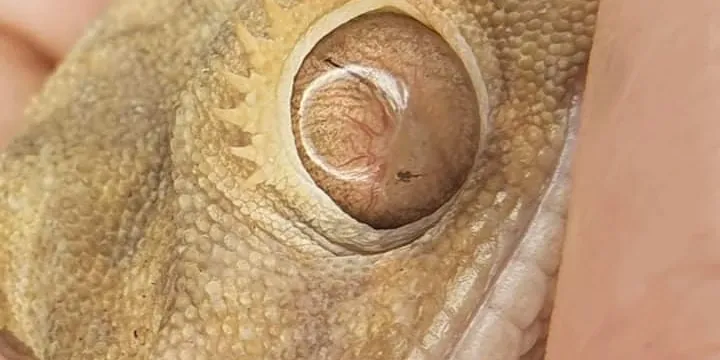
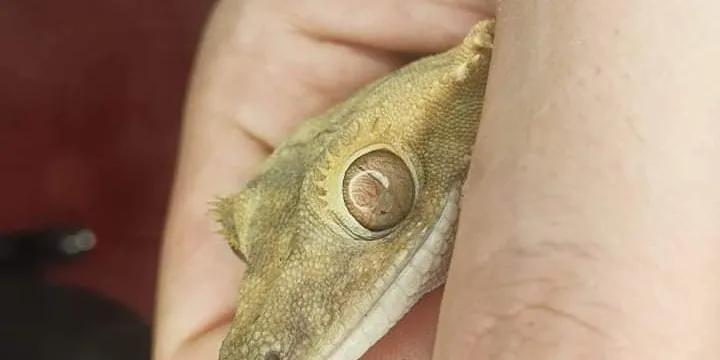
Eye Injury
The second eye issue here is from a scratch whilst the gecko was digging to lay eggs. Its unclear if substrate scratched the eye or if the gecko herself did it. The owner (Tomaš Kilian) during a routine check found the eye with a small amount of debris in and a visible scratch, as shown in picture 1 and 2.
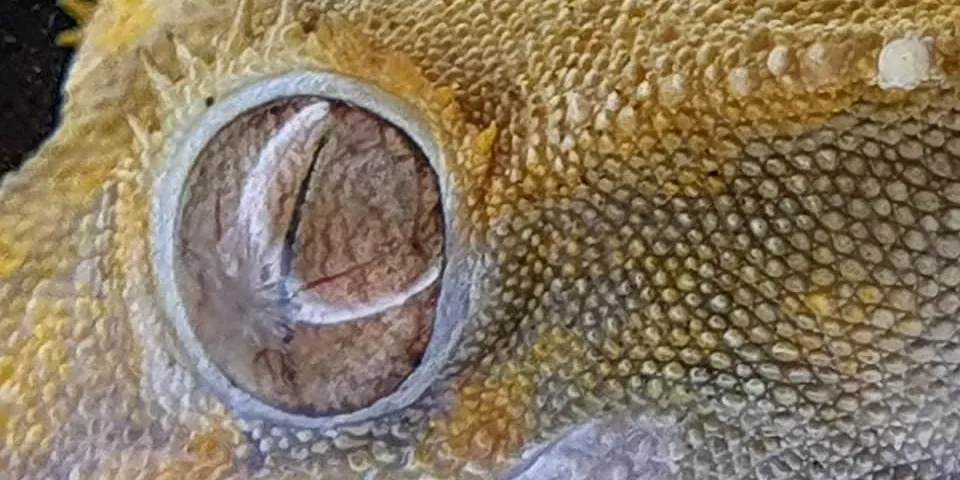
Picture 3
The gecko was taken for veterinary help and a topical antibiotic ointment was prescribed. The ointment was applied twice a day for 5 days when the 3rd and 4th pictures were taken and given for 7 days in total. The gecko was removed from her normal enclosure and placed in a clean bin with paper towel to minimize risk of infection and is expected to shed the scar tissue over the course of time.
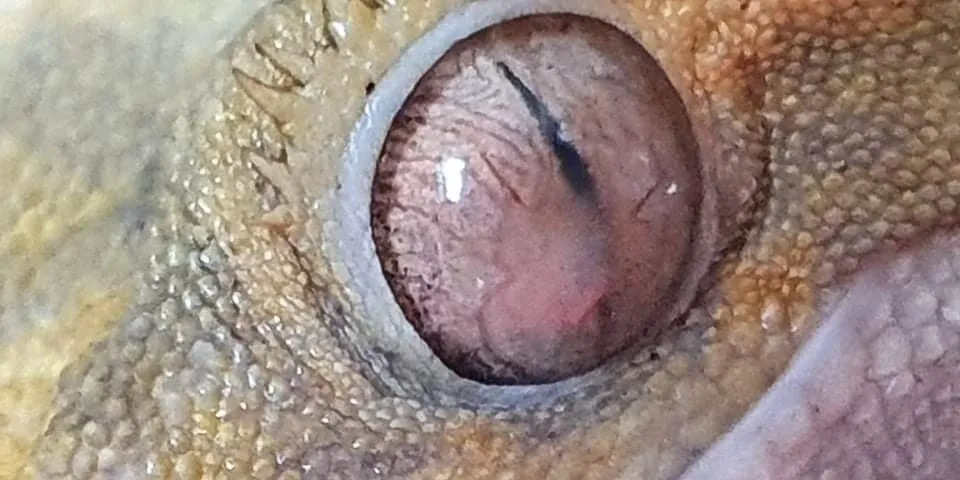
Picture 4
A week into treatment.

Now Healed
The scratch was only to the lens of the eye and didn’t puncture any of the structure but without doubt the owners diligence and fast veterinary help has helped this gecko recover quickly. The lens will shed and the cloudiness "may" shed too.
The gecko showed no change in character throughout this incident.
How to Set Up a Soak for Stuck Shed
How to set up a soak part 1
Part 2. If you have a stubborn band of shed which won't budge this could help.
The soak in part1 should be conducted first.
